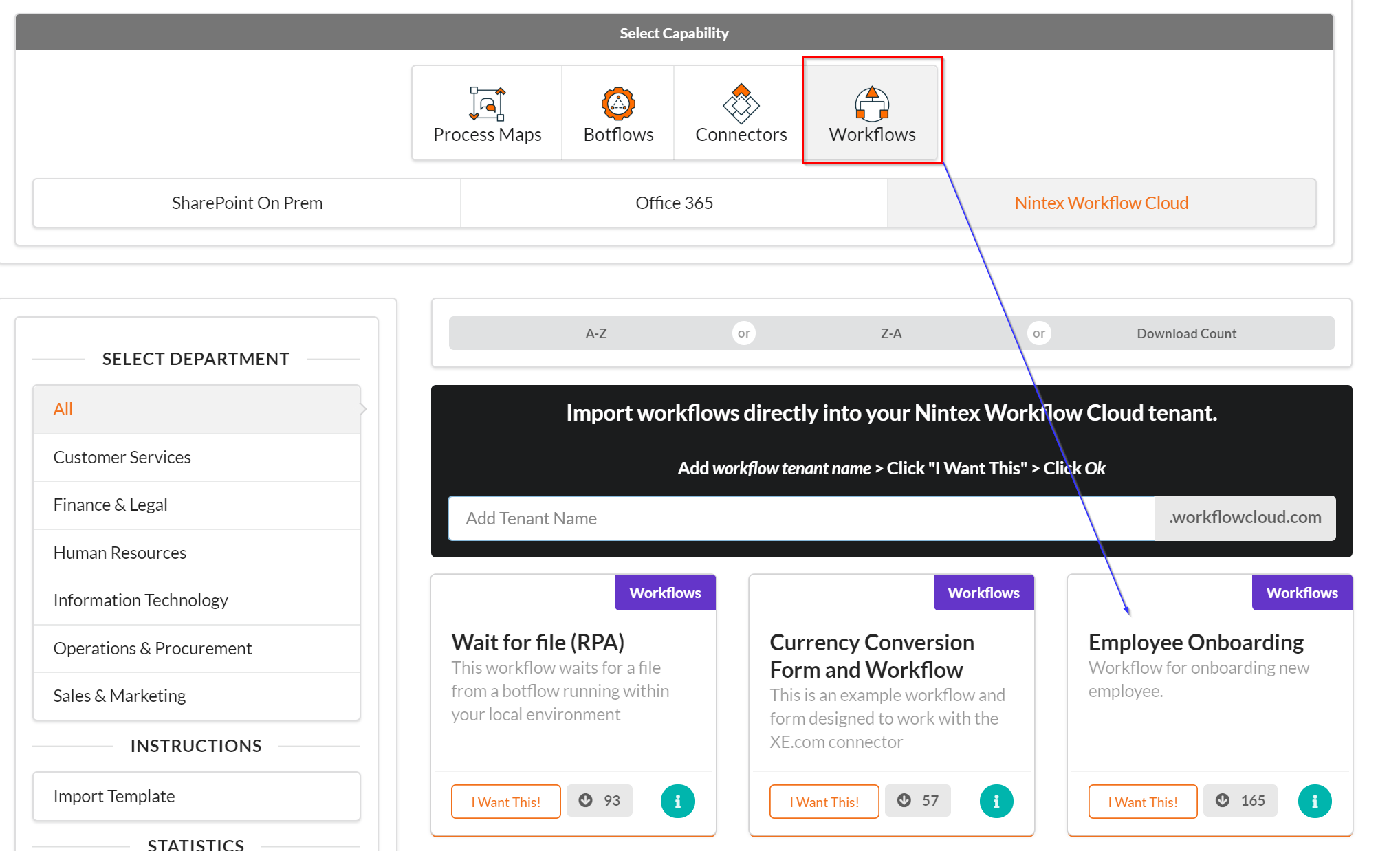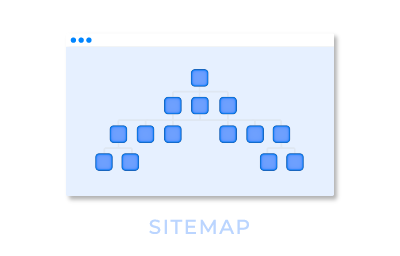I have been tasked with creating a workflow in SharePoint 2019 for my HR department's onboarding process. I was wondering if anyone had built something like this using Nintext workflow and if any pointers could be provided.
I looked in the the Nintex workflow templates but I didn't see anything.




